
© Wikimedia CommonsBridge over Avon in Evesham
Mystery surrounds a loud noise which occurred at night over Evesham with no one able to come up with an explanation. The noise was hard by scores of residents in and around the Vale with many posting their experience on Facebook.
The sound has been described as ranging from
a hurricane coming down the chimney, to a sonic boom, loud bangs or a roaring noise. Several people said they looked outside and saw lights. The noise was heard around 8pm on Friday October 30. Another said that though the noise appeared to come from the sky,
it was felt as vibration under foot and through the building.Posting on an Evesham forum, one man said: "
It was not fireworks or thunder. We went out to look from Hampton and it was like Northern Lights over Beckford way. We watched the changing colours in the night clouds. It was the most weird sky I have ever seen with strange sounds too."
More than 205 responses were posted on social media with many saying they had heard something around Harvington, Sedgeberrow, Offenham and beyond. A number said they had also seen colours in the sky at the time while others said there was just sound. Some believed it was thunder or fireworks.
Chris Livingston, from the Worcester Astronomical Society, said he had heard nothing about the reports and said it was the last night of the Orionids meteor shower, but doubted they would have caused a noise as described. Michael Morris, also from the Worcester Astronomical Society added: "
Only a very large meteoroid would cause the effect experienced. Such a meteoroid would glow brighter than the sun and would have been seen by thousands of people. So no, it is incredibly unlikely to be anything astronomical."
David Galloway, a seismologist for the British Geological Survey in Edinburgh, said he had checked all the data recorded for the Evesham area and there was no reading at all for a tremor or earthquake. "If it was something atmospheric, such as a sonic boom or noise from an 'air quake', it is unlikely to be picked up with our equipment even if there was a vibration, rather like the effect a heavy lorry rumbling past your house. I have checked the date. There was certainly no recorded seismic activity in that area between the times of 7pm and 9pm on that evening."
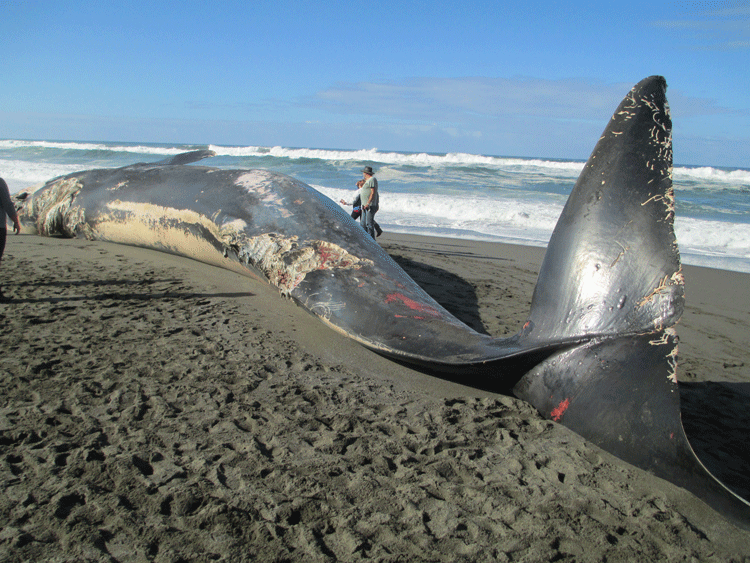

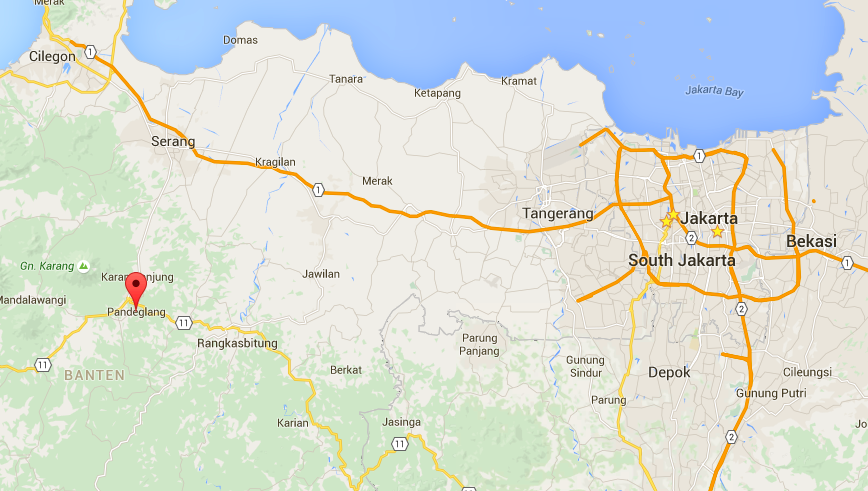
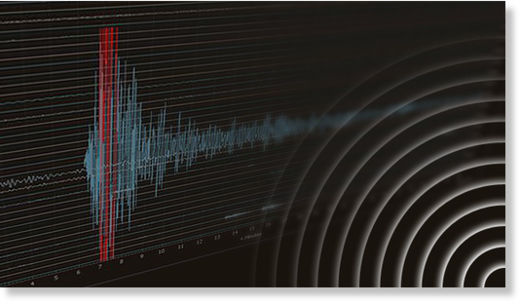
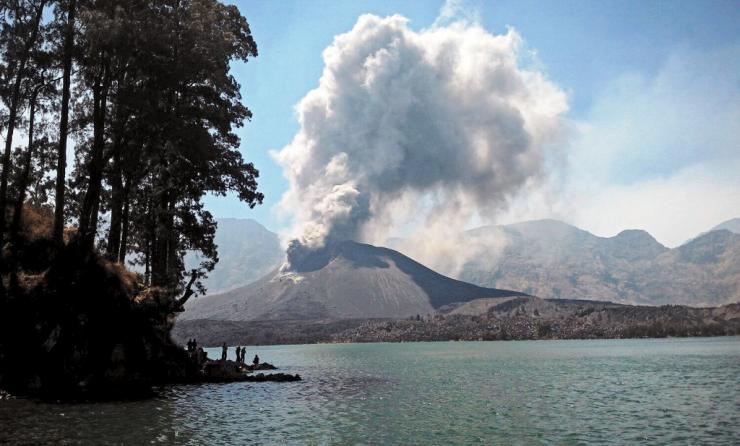


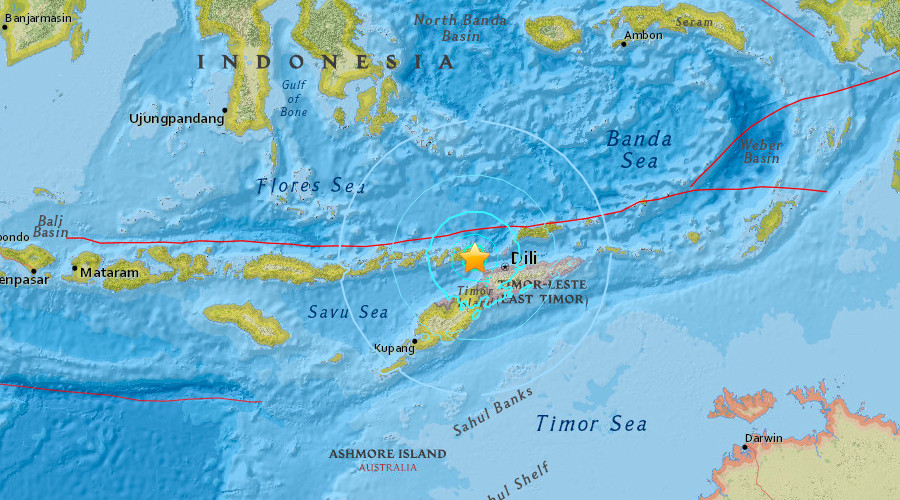
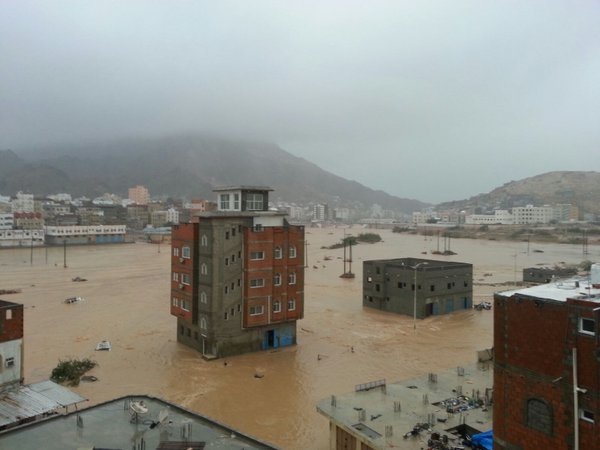
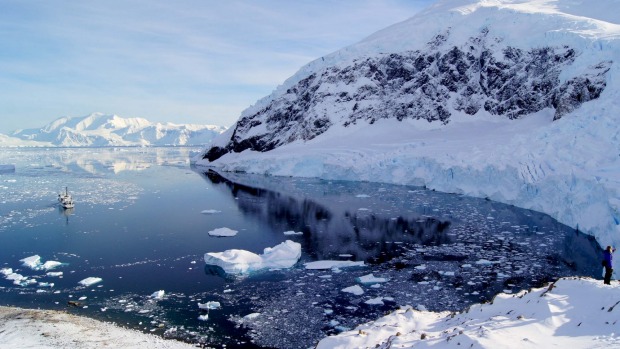



Comment: Forget About Global Warming: We're One Step From Extinction!